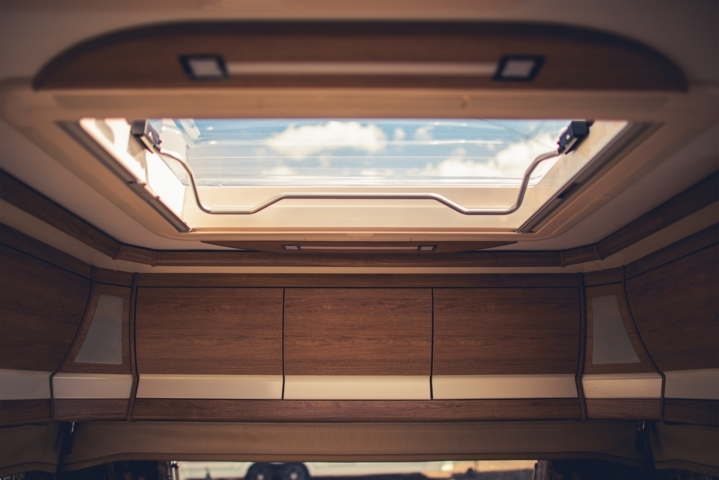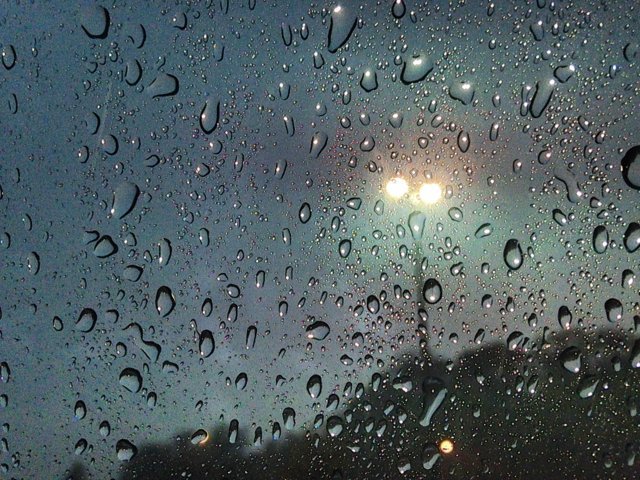How To Manage Condensation and Moisture in an RV

How To Manage Condensation and Moisture in an RV ? Condensation in an RV is never a good thing and can lead to costly repairs if left untreated. For a warm, dry, and healthy living space you need to know how to manage condensation to prevent so much of it that things start getting moldy inside and causing wood rot.
Moisture inside an RV is never a good thing. It’ll make your home feel cold and damp and can lead to costly repairs if left untreated. As a motorhome owner, it’s important not to let the moisture levels inside your living space get out of control because they can cause damage to your vehicle’s wiring, plumbing, etc. If you want a warm, dry, and healthy living space, you need to always be mindful of how humidity effects your motorhome , especially during times when it may be freezing or humid outside.
Ventilation Is Your Friend

Dealing with high moisture levels in your RV is important to prevent problems from occurring. One of the most common mold growth areas inside vehicles are mattresses. Also, excess moisture is known to cause corrosion of electrical connections, toxic-mold and mildew growth on metals (the material from which RVs are made), bubbling paint that can lead to serious air quality issues, and even damage the structure because water will seep into where it should not be in an RV.
How To Manage Condensation on Windows

If you’re heading out for a winter RV trip, make sure all of the moisture has been removed from your rig before setting off!
It’s a beautiful day and you’re looking to enjoy the sun, but your RV is damp. What do you do? Unroll the windows and let in some fresh air of course! Unless, of course, it happens to be raining. You better protect those windows or you’ll be cleaning them for days! If you decide to open them anyway, make sure to have screens with each one so bugs don’t come flying in on top of the rain.
Unfortunately, not every location has pleasant weather at all times, so it’s not always a viable option to open or close your RV’s windows. If you have removable screens on the inside of your RV, you can leave them open without worrying about flying insects getting in, which is great if you need some airflow in addition to moisture removal.
However, this won’t help much during humid trips in non-airconditioned climates. One way around this problem is by removing and cleaning the window exhaust fan when it becomes too humid or wet inside your home-on-wheels trying to dry everything out. If possible, remove any clothing that’s been exposed to humidity and placed it in an area with better air circulation for quicker drying.
How To Manage Moisture Inside RV Windows

Another RV moisture issue is condensation developing between the panes of a single pane window. Single pane windows do not have a second layer of glass, which means there isn’t any insulation between outside the backing of that glass and inside. Plus, these windows are thin allowing for maximum visibility for the driver when looking out the front window panel and out of all side windows as well. But you can have a problem if your RV doesn’t have proper drainage around each one – or it could be that they’re exposed to too much direct sunlight, or another heat source nearby such as a space heater.
When humidity builds up around this type of window, then condensation forms between the panes causing it to fog up on the inside, which then blocks your view completely making driving the RV at night difficult or dangerous. To fix this issue you’ll need to shut down your RV so it’s in park or pulled over somewhere safe where you can work on fixing this part of your view problem.
DIY Defog Hack
The best way to get the windows in your RV to stay clear, is to make sure that the seals on all of the windows are functioning properly. To test how well your seals are working, turn most of your lights off inside of your RV and then close all of the curtains and blinds. The following day or evening, go outside with a flashlight and walk around all sides of your RV. Shine the light through any cracks or openings you can find while checking them closely with your eyes. You should be able to see a difference in natural daylight coming into certain areas of the RV through those tests which will indicate where leaks now exist and need fixing before they get worse by getting bigger over time.
How To Manage Condensation in the Bathroom and Kitchen

Whenever there’s hot water present around your RV you need to make sure that water is removed properly. This can cause havoc on your roof because it will eventually start leaking. Make sure that you’re opening up the vents in the bathroom and kitchen so that the air can circulate and anything causing a higher demand of resources like heat energy, fuel or water is sealed off to prevent any damage from working against you.
Since using an open charcoal grill to cook on as a possible source of keeping moisture out sounds appealing, consider taking short showers instead when appropriate because just briefly turning on the water for a few minutes rather than letting it run throughout the duration could help reduce financial costs and conserve natural resources at the same time.
